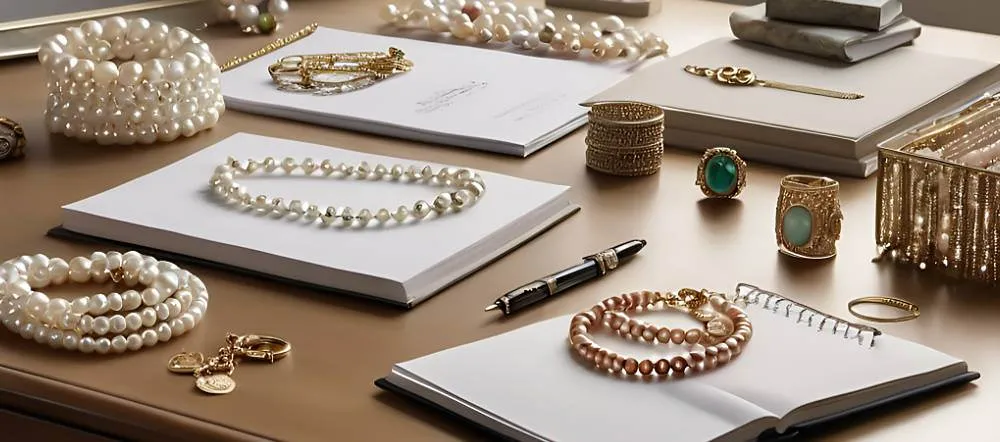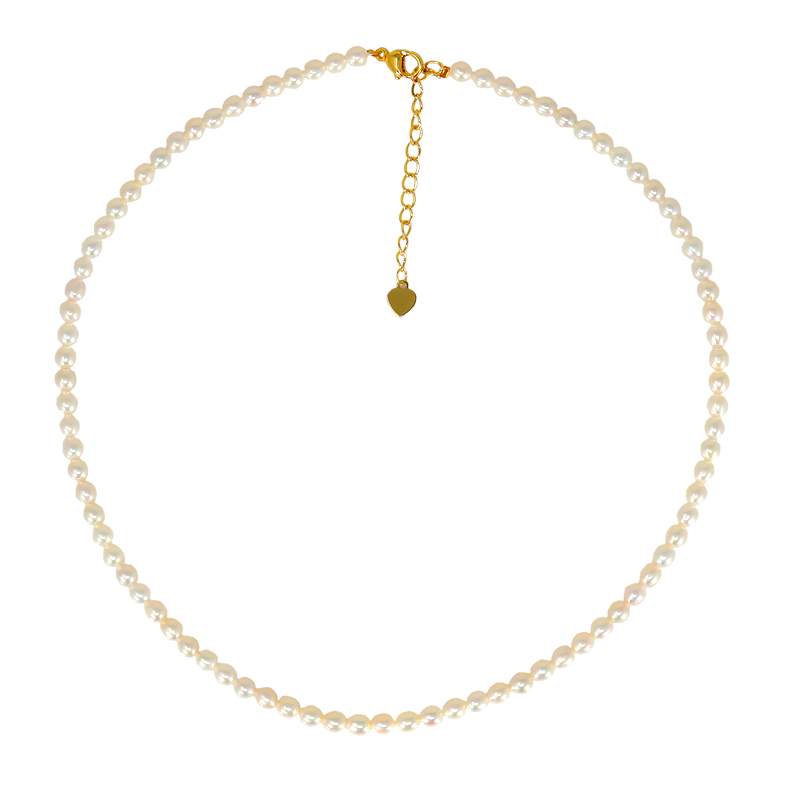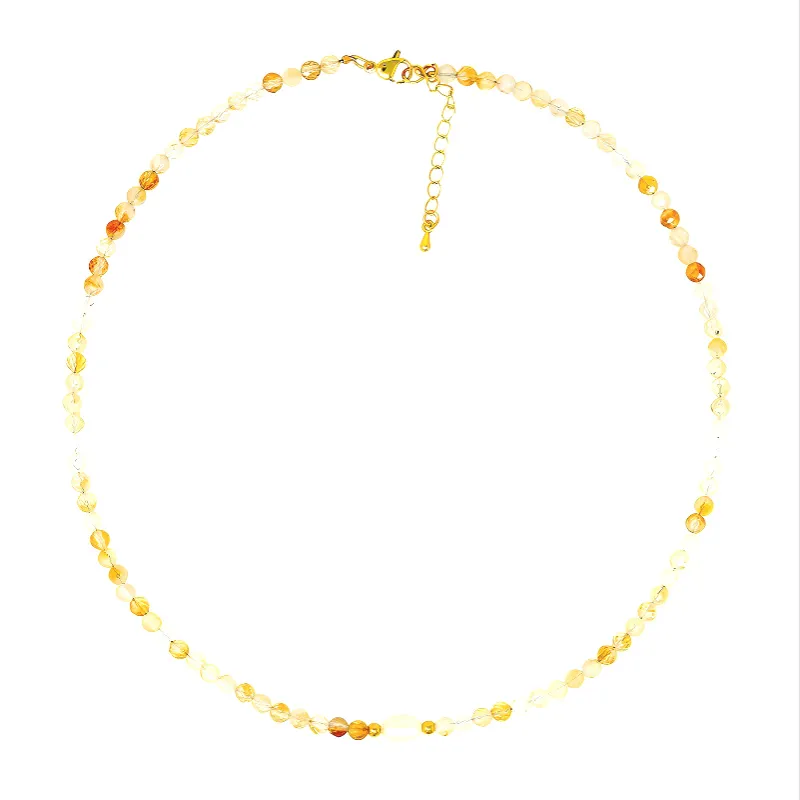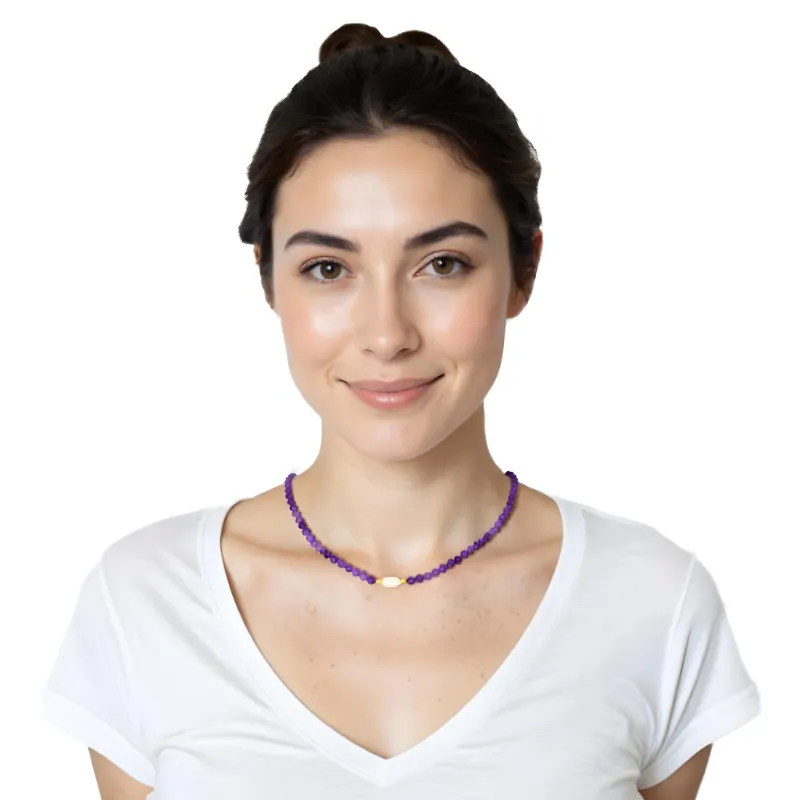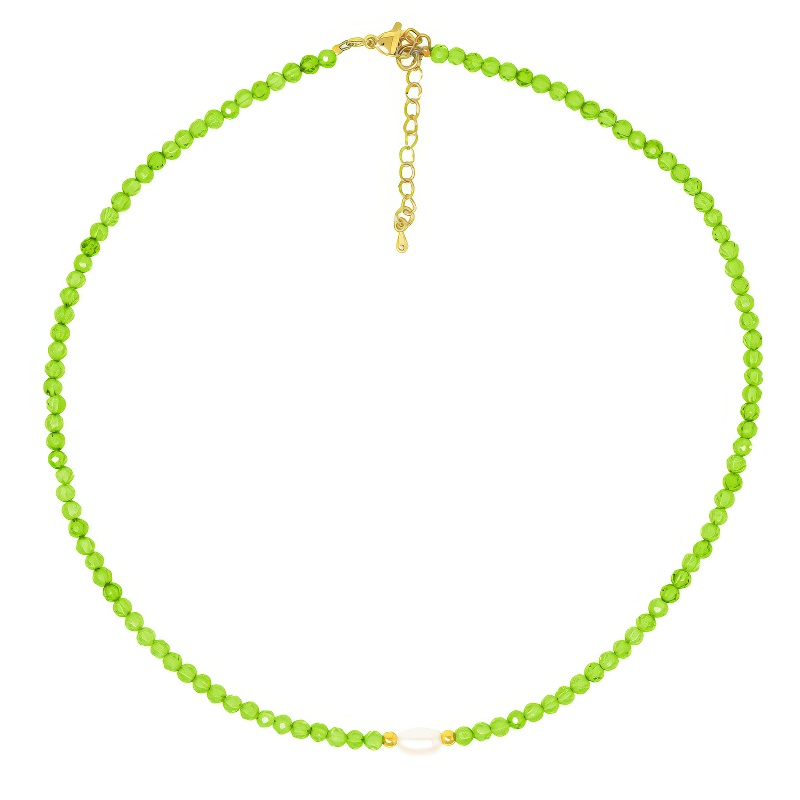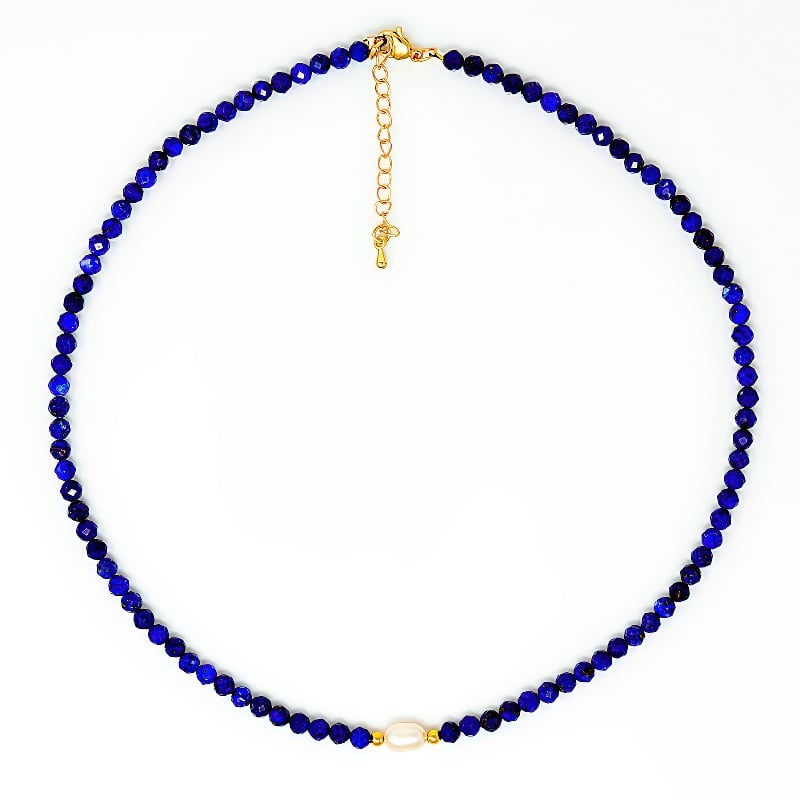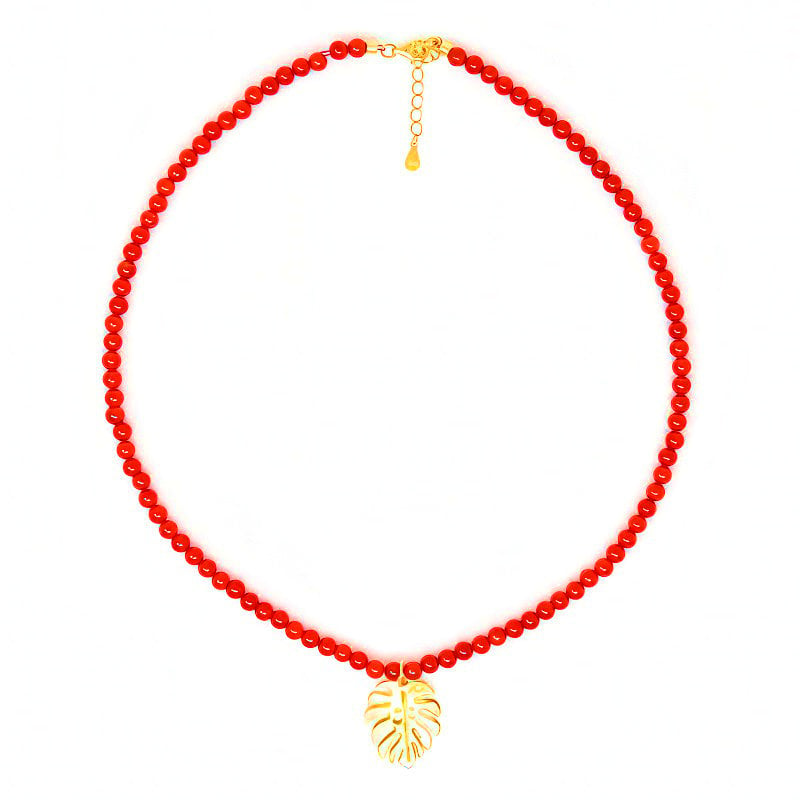Gemstone Hardness Scale: Is Your Diamond A Jewelry Killer?
Gemstone Hardness Scale: What Is The “Hardness” Of Gemstones

- Gemstone Hardness Scale: Is Your Diamond A Jewelry Killer?
- Damaged By The Hardness of A Diamond?
- Gemstone Hardness
- Understanding Mohs Hardness Scale
- Mohs Scale Identification of Minerals
- 1 – TalcAbsolute Hardness: 1
- 2 – GypsumAbsolute Hardness: 2
- 3 – CalciteAbsolute Hardness: 14
- 4 – FluoriteAbsolute Hardness: 21
- 5 – ApatiteAbsolute Hardness: 48
- 6 – Orthoclase feldsparAbsolute Hardness: 72
- 7 – QuartzAbsolute Hardness: 100
- 8 – TopazAbsolute Hardness: 200
- 9 – CorundumAbsolute Hardness: 400
- 10 – DiamondAbsolute Hardness: 1500
- Consideration in Gemstones
- The Beauty Of Handmade Jewelry: The Art Of Pure Expression
In 1812, renounced gemologist Carl Friedrich Christian Mohs devised a method to classify gemstones based on ranking the hardness of minerals. His challenge was to answer the question: what is the hardness of gemstones?
Damaged By The Hardness of A Diamond?
Our coveted diamond crystals, rating high on the Moh scale for hardness, are even used on drill bits, based on the stones’ remarkable resilience. They remain recognized for not only their lasting luminousness, but also their Mohs recongnized durability, relative to the rest of the gemstones we all love.
Prior to the Mohs innovation, no universal standard existed. There was little information about the contrasting durability from one mineral surface to another — until Mohs established his method of grading mineral stone on a scale from 1 to 10 based on their resistance to the now-standard scratch test.
Gemstone Hardness
Our reliance on the Mohs gemstone hardness scale for the past two hundred years has much to do with the ingenuity of the scale itself. This includes the fact that it’s so easily performed, its results delivered at very little expense, and so easily understood by gemologists and casual gem admirers alike.
The scale associates each stone with a numerical grade related to each gemstone’s resistance when subjected to a scratch. From the damage caused by a metal stylus, each stone earns a number or grade. From 1 to 10,
The lower numbers literally marking each stone’s significant weakness.
The higher numbers determine the greater resistance of harder materials to the damage imposed when scraped across the stone specimen’s surface using a specified pressure for a specific duration.
As a result, a comprehensive table of gemstone rankings establishes a hierarchy, or scale, of the hardness of gemstones.
Understanding Mohs Hardness Scale
The Mohs scale of hardness identifies some universally recognized common objects used as points of reference, from a fingernail, assigned a rating of 2.5, to sandpaper, regarded on the scale as 9.
Although the scale appears to sequence itself from the softest rating of 1, to the most durable rating of 10, the numbers are not characterized by exact proportion for each graduated increase in the scale’s number assigned to the system itself: the difference between two consecutive numbers in the sequence, for instance, the rating difference between the values of 5 to 6 is not proportional to the range measured between the values of 8 to 9.
The hardness of gemstones can be greater by several factors of hardness between each consecutive value on the Mohs scale. It differs from the ordinal scale (or proportional scale) that we would expect to find in the little-by-little increase in volume associated with each gradually increasing number on a music player’s volume dial.
For instance, on the Mohs table of values, a hardness of 2 is equivalent to an absolute hardness of 2, while a Mohs hardness rating of 3 jumps to an absolute hardness of 14, making a 2-rated Gypsum much less resilient than 3-rated calcite.
Such is the case between the hardness rating of corundum and the next consecutive hardness rating, which is assigned to the hardness of a diamond crystal, the hardest material — which is many factors harder still.
Mohs Scale Identification of Minerals
1 – Talc
Absolute Hardness: 1

This gemstone is the softest material on the Mohs scale and is composed of a hydrated magnesium silicate clay mineral. When scratched this stone produces a pale white streak. One example of this mineral is soapstone which is a metamorphic rock composed predominantly of talc.
2 – Gypsum
Absolute Hardness: 2

Composed of calcium sulfate dihydrate, Gypsum is commonly mined for use in fertilizer and the drywall found in the very building in which you sit reading this. Alabaster, one form of the chalky mineral, has been used to form sculptures in Ancient Rome.
3 – Calcite
Absolute Hardness: 14

As the most stable polymorph of calcium carbonate, Calcite is a carbonate mineral. Other polymorphs of calcium carbonate are the minerals aragonite and vaterite. Aragonite will change to calcite over timescales of days or less at temperatures exceeding 572° Fahrenheit.
4 – Fluorite
Absolute Hardness: 21

Also known as fluorspar, fluorite is a form of calcium fluoride. It belongs to the halide minerals. It crystallizes in isometric cubic habit, although octahedral and more complex isometric forms are not uncommon. Fluorite is used as a flux for smelting and in the production of certain glasses and enamels.
5 – Apatite
Absolute Hardness: 48

Known as a group of phosphate minerals, apatite gemstones range from transparent to translucent green, yellow, blue or violet. Ground apatite was used as one pigment for the Terracotta Army of China’s Han dynasty.
6 – Orthoclase feldspar
Absolute Hardness: 72

Orthoclase is a common constituent of most granites and other felsic igneous rocks and often forms huge crystals and masses in pegmatite. A common raw material for manufacturing some glasses and some ceramics such as porcelain, it is also a constituent of scouring powder.
7 – Quartz
Absolute Hardness: 100

A hard, crystalline mineral composed of silica, quartz is the second most abundant mineral in Earth’s crust, only surpassed by feldspar.
8 – Topaz
Absolute Hardness: 200

One of the most resilient, naturally occurring minerals, Topaz is an optically dense stone, with a very low refractive index, which is the resistance of light to travel through the gemstone.
9 – Corundum
Absolute Hardness: 400

A crystalline form of aluminum oxide, corundum’s hardness (rated just below diamond crystals), can scratch almost every other mineral, and is extensively used as the abrasive ingredient in sandpaper.
10 – Diamond
Absolute Hardness: 1500

With an age ranging from 1 billion to over 3 billion years and formed from carbon arranged in a crystal structure, the hardness of a diamond is the most durable of any natural material, making the stone sought after for jewelry as well as for industrial cutting and drilling tools.
Consideration in Gemstones
For those of us who dream of becoming a gemologist or possibly living the adventurous life of a field geologist, testing the hardness of corundum or other gem materials, all of this information may serve as a good start to understanding the scale of mineral hardness as a well as a guide to mineral identification.
For the rest of us, the importance of understanding the hardness of our treasured jewelry will allow us insight into the proper care and protection of that favorite necklace or treasured heirloom brooch of topaz or rose quartz. Knowing the importance of keeping them safe from scratches or nicks when securing them in a jewelry box, but away from much harder diamonds or other reference minerals will allow us to keep them in pristine condition for years to come.
Here at HerMJ.com, we understand the importance of jewelry care; we carefully maintain our stones, pearls, and crystals so that you can wear them with confidence and beauty. We invite you to tour our handmade gemstone jewelry designs in our online video jewelry gallery.
The Beauty Of Handmade Jewelry: The Art Of Pure Expression
See HerMJ’s exclusive collection of handcrafted pearl, crystal, and gemstone creations





